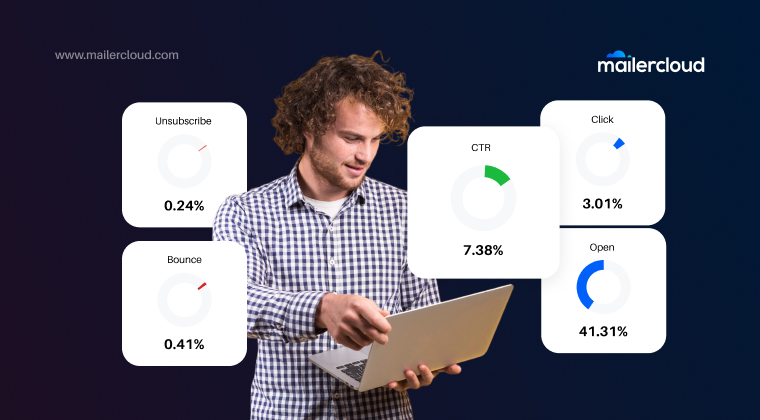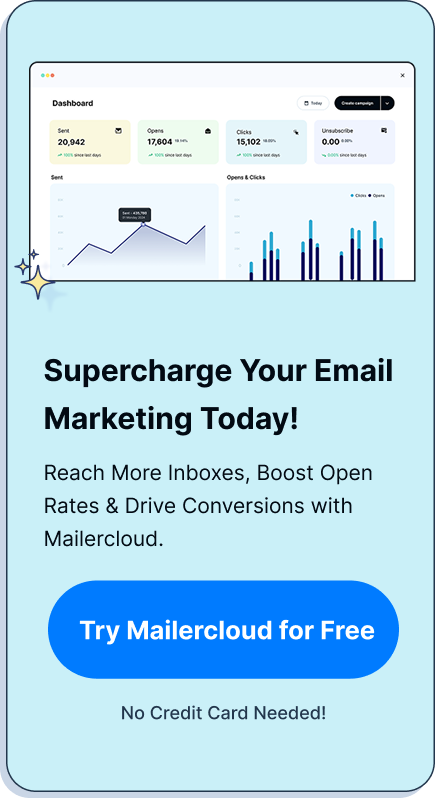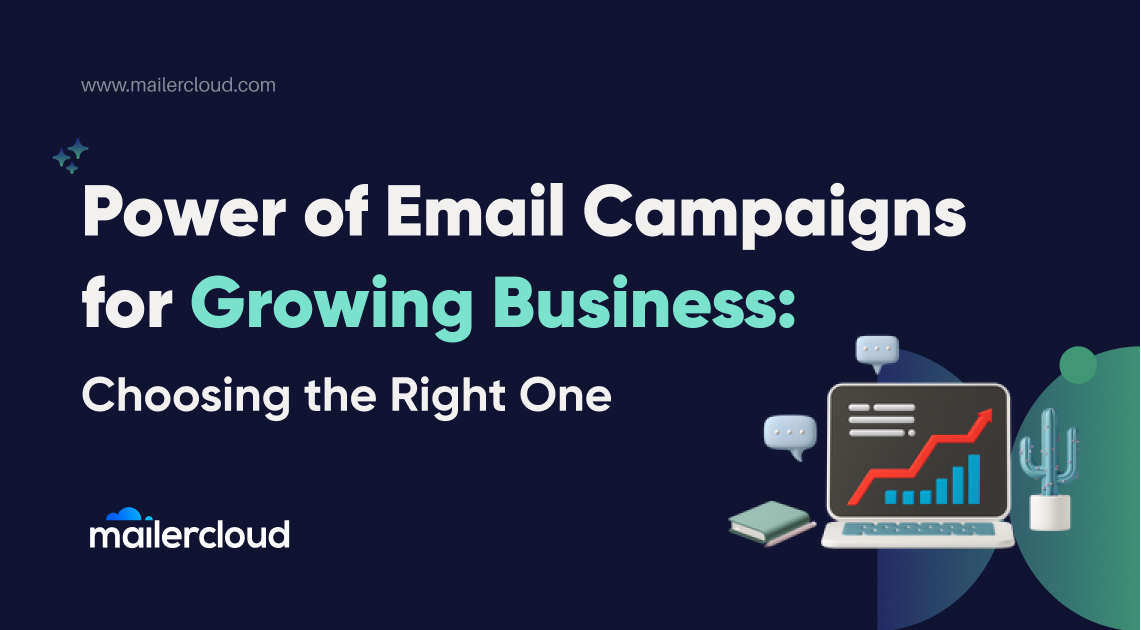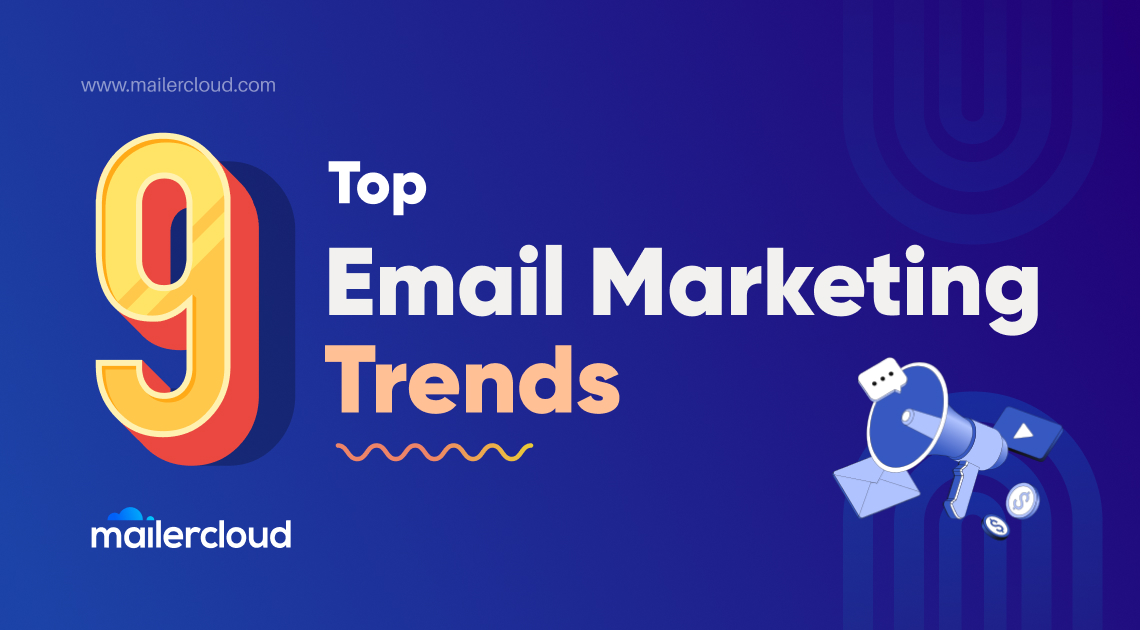Email marketing benchmarks are vital for understanding where your campaigns stand and how to improve them. This article dives deep into the key metrics, industry standards, and best practices that will elevate your email marketing campaigns in 2024. Read on to discover how you can optimize your campaigns for better open rates, click-through rates, and overall performance.
Table of Contents
What Are Email Marketing Benchmarks and Why Do They Matter?
Email marketing benchmarks provide a standard against which you can measure the success of your campaigns. Understanding these benchmarks helps you evaluate the effectiveness of your email marketing strategy, ensuring you’re not just sending emails, but also engaging your audience effectively.
Benchmarks are derived from industry-wide data and reflect average performance metrics such as open rates, click rates, and bounce rates. By comparing your email marketing results against these benchmarks, you can determine whether your campaigns are performing above or below the industry average. This insight is crucial for making data-driven decisions to optimize your email marketing strategy and achieve better engagement and conversion rates.
Want to know more about important email metrics? Here are some articles to help you through:
Maximizing Email Marketing Performance: Understanding Click-to-Open Rate(CTOR)
Key Email Marketing Metrics other than Open Rate
10 Email Marketing Metrics and KPIs You Should Be Tracking In 2024
How to Calculate Your Average Email Open Rate

The email open rate is one of the most fundamental metrics in email marketing. It measures the percentage of recipients who opened your email out of the total number of emails delivered.
For example, if you sent 1,000 emails and 200 were opened, your open rate would be 20%.
A high open rate indicates that your subject lines and sender name are compelling enough to entice recipients to open your emails. Monitoring your open rate over time helps you understand what resonates with your audience and adjust your strategies accordingly.
Click-Through Rates in Email Marketing
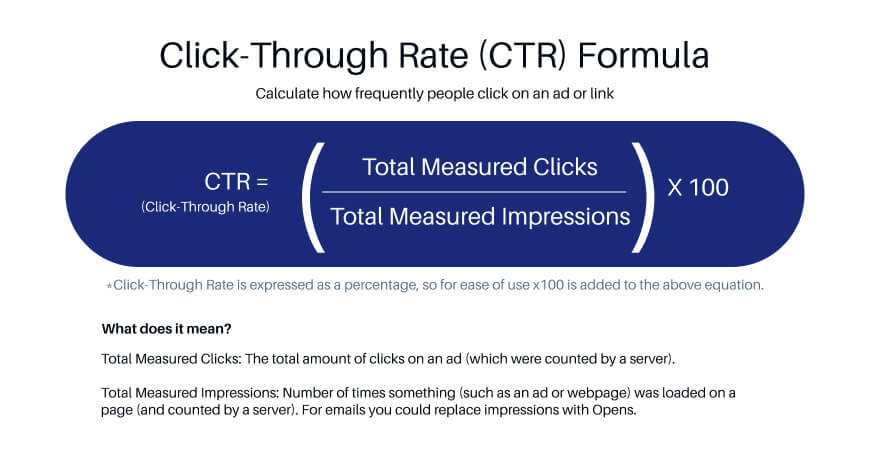
The click-through rate (CTR) is another critical metric that measures the percentage of recipients who clicked on a link within your email. It indicates how effective your email content is in driving engagement.
For example, if 1,000 emails were delivered and 50 recipients clicked on a link, your CTR would be 5%.
CTR provides insight into the effectiveness of your call-to-action (CTA) and overall email content. A low CTR may suggest that your content isn’t compelling enough or that your CTA needs improvement. By analyzing CTR, you can make data-driven adjustments to your email campaigns to enhance engagement.
Why Bounce Rates Matter in Email Marketing
Bounce rate is the percentage of emails that could not be delivered to the recipient’s inbox. There are two types of bounces: hard bounces and soft bounces. Hard bounces occur when an email is permanently undeliverable due to an invalid email address or non-existent domain. Soft bounces are temporary and may happen due to a full inbox or server issues.
Maintaining a low bounce rate is crucial for email deliverability. High bounce rates can harm your sender reputation and result in your emails being marked as spam. Regularly cleaning your email list and removing invalid email addresses helps keep your bounce rate low and ensures better email deliverability.
What Is a Good Open Rate for Email Campaigns?
Determining a good open rate for email campaigns depends on your industry. On average, a good open rate ranges from 15% to 25%. However, this can vary significantly based on the type of content and the audience you are targeting. For instance, the architecture and construction industry typically sees lower open rates compared to the retail sector.
Understanding the average email open rate in your industry helps you set realistic goals and measure your performance effectively. Regularly comparing your open rates to industry benchmarks allows you to identify trends and make necessary adjustments to improve your email marketing strategy.
How to Improve Your Email Open Rates
Improving your email open rates involves several strategies. Firstly, crafting compelling email subject lines is crucial. Your subject line is the first thing recipients see, and it needs to grab their attention. Using personalization and creating a sense of urgency can significantly boost open rates.
Timing also plays a vital role. Sending emails at the right time when your audience is most likely to check their inbox can increase the chances of your email being opened. Additionally, segmenting your email list and targeting specific groups with tailored content ensures that your emails are relevant to the recipients, further enhancing open rates.
The Role of Click-to-Open Rates in Email Marketing
The click-to-open rate (CTOR) measures the effectiveness of your email content by calculating the percentage of recipients who clicked on a link after opening the email. It provides deeper insight into how engaging your email content is compared to the CTR.
For example, if 200 recipients opened your email and 50 clicked on a link, your CTOR would be 25%.
A high CTOR indicates that your email content is compelling and encourages recipients to take action. By focusing on improving CTOR, you can enhance the overall engagement and effectiveness of your email campaigns.
Email Marketing Benchmarks by Industry: What You Need to Know
Different industries have varying benchmarks for email marketing metrics. For example, the average open rate for the healthcare industry may differ significantly from that of the e-commerce sector. Understanding these industry-specific benchmarks allows you to compare your performance against others in your field.
Industry benchmarks provide valuable insights into what constitutes good performance. By regularly reviewing and comparing your email marketing metrics to these benchmarks, you can identify areas for improvement and optimize your campaigns accordingly.
Best Practices for Reducing Unsubscribe Rates
A high unsubscribe rate can hinder your email marketing efforts.
- To reduce unsubscribe rates, focus on delivering valuable and relevant content to your subscribers.
- Segmenting your email list and sending targeted messages based on subscribers’ preferences and behaviors can help keep them engaged.
- Additionally, ensuring a seamless and user-friendly experience within your emails, such as mobile optimization and clear CTAs, can enhance engagement and reduce the likelihood of unsubscribes.
- Regularly asking for feedback and listening to your subscribers’ needs also helps in retaining your audience.
How to Use Benchmarks to Optimize Your Email Marketing Strategy
Using benchmarks to optimize your email marketing strategy involves more than just comparing numbers. It requires a comprehensive approach to analyzing your performance metrics and making data-driven decisions. Start by identifying the key metrics that align with your marketing goals, such as open rates, click-through rates, and conversion rates.
Next, compare your metrics to industry benchmarks to understand where you stand. Use this data to identify strengths and weaknesses in your campaigns. For example, if your open rates are below the industry average, consider testing different subject lines, sending times, or segments.
Regularly reviewing and adjusting your email marketing strategy based on benchmark data helps you stay competitive and achieve better results. By continuously optimizing your campaigns, you can improve your email marketing performance and achieve your marketing goals.
Key Takeaways
- Email Marketing Benchmarks: Understand the importance of benchmarks in evaluating your email marketing performance.
- Email Open Rate: Learn how to calculate and improve your open rates by industry, with compelling subject lines and proper timing.
- Click-Through Rates: Measure the effectiveness of your email content and CTAs to enhance engagement.
- Bounce Rates: Maintain a low bounce rate by regularly cleaning your email list and ensuring deliverability.
- Industry Benchmarks: Compare your performance against industry standards to set realistic goals.
- Unsubscribe Rates: Implement best practices to keep your subscribers engaged and reduce opt-outs.
- Optimization: Use benchmark data to continuously refine your email marketing strategy for better results.
By embracing email benchmarks and applying these best practices, you can optimize your campaigns, engage your audience more effectively, and achieve greater success in 2024 and beyond.
Lina is a content writer with a passion for reading, writing, and cooking. She aims to explore the world of words and flavors. With a deep love for literature and a knack for creating mouthwatering recipes, she strive to engage and inspire others through her work.





























